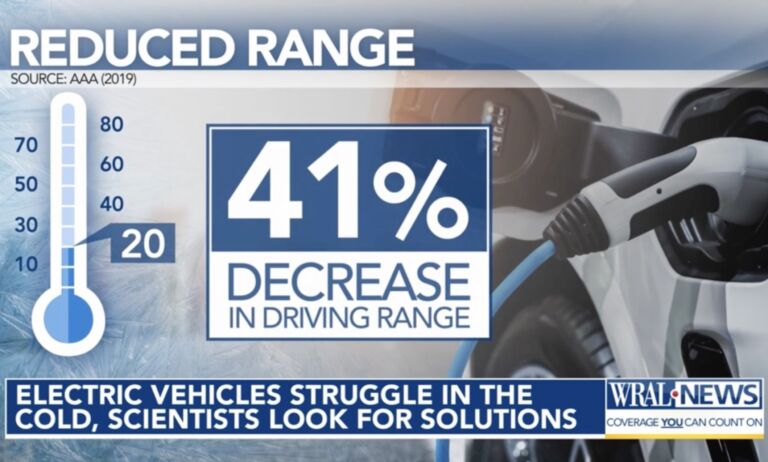Attention North Carolinians: If you want to treat yourself to some fresh, wild-caught flounder this season, you better start saving your pennies. With an extremely limited fishing season and stringent quotas set by the Marine Fisheries Commission and the secretary of the Department of Environmental Quality, flounder is going to be a bit pricier this year.
The decline in flounder numbers, attributed partly to overfishing, has triggered various responses from officials, including the imposition of reduced fishing seasons and quotas for both recreational and commercial fishers. While the goal is to facilitate the recovery of the flounder population, which supposedly requires a 72% reduction in fishing to become stable, it can be argued that these measures might disproportionately burden small-scale fishers and exacerbate economic disparities.
In the upcoming 2023 flounder fishing season, anglers are facing a truncated window of opportunity, spanning a mere two weeks from September 15th to September 29th. This sharply contrasts with previous years when the season lasted for a full month. This reduction raises concerns about its economic implications for local businesses that rely on fishing tourism and seasonal trade as well as the overall price of flounder for consumers. While the stated intention is to bolster the flounder population and ensure its long-term sustainability, one should be skeptical whether such interventions might inadvertently exacerbate economic strains in coastal communities.
Amidst the regulations, the 2023 flounder season maintains a one-fish per person per day creel limit and a minimum size requirement of 15 inches. These restrictions cast a shadow on the vibrant angling culturegm that once thrived along North Carolina’s coast. The sentiment among some anglers is one of frustration, as they navigate a landscape of shifting regulations and uncertain economic prospects.
In a recent article, fisheries specialist Scott Baker from N.C. Sea Grant expressed optimism for the flounder population, stating that fishermen just need to stick it out. However, this optimism might ring hollow for those whose livelihoods are directly tied to the fishing industry, as they grapple with the practical repercussions of decreased fishing opportunities.
The new reality of flounder fishing, marked by shorter seasons and tightened limits, prompts us to question the balance between environmental conservation and the economic well-being of coastal communities. Critics raise valid concerns about the potential economic strain these regulations might inflict on local businesses that rely on fishing-related tourism and trade.
And, even so, as the state grapples with declining flounder populations, it continues its efforts to build offshore wind farms. Flounder populates in shallow and deep waters, and therefore there is little guarantee that building in the ocean will not further hinder these populations. One could even say that it seems a little bit suspicious to so severely limit fishing prior to construction. And, to make things more interesting, recreational and commercial fisherman don’t even seem to know who is overfishing, with each group pointing the finger at the other.
The journey ahead is fraught with uncertainties, and while conservation is important, it must be balanced with a practical consideration of the livelihoods that rely on these fishing seasons. Furthermore, the conservation efforts seem a tad counterproductive for a government pushing construction of wind turbines in the ocean. The outcome of this delicate balancing act will undoubtedly shape the narrative of North Carolina’s flounder fishing season, impacting not only the fishery itself but also the intricate tapestry of coastal economies and communities.


